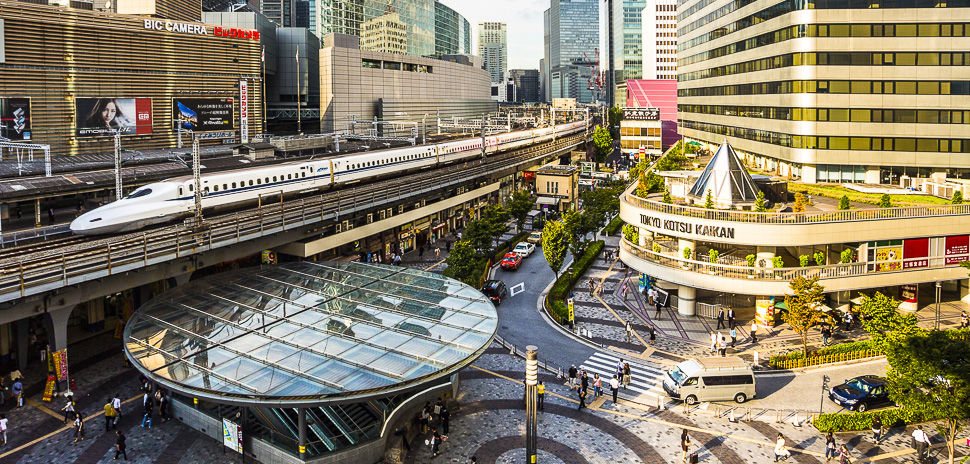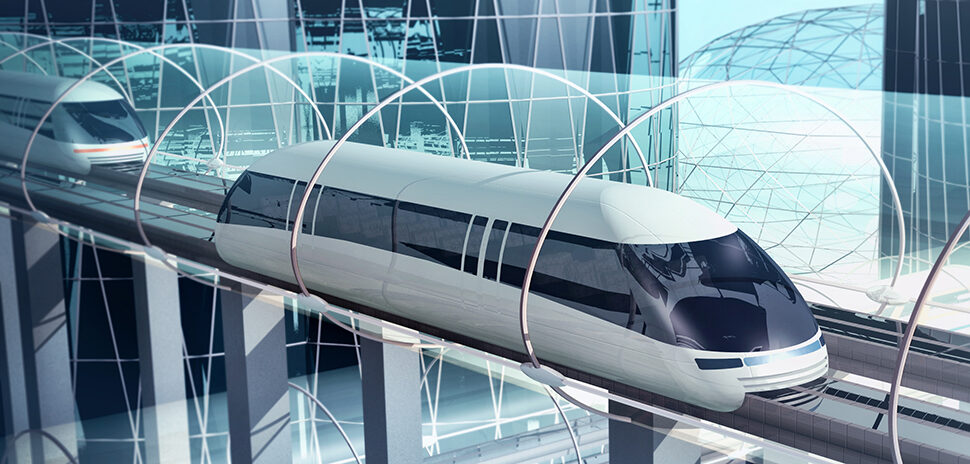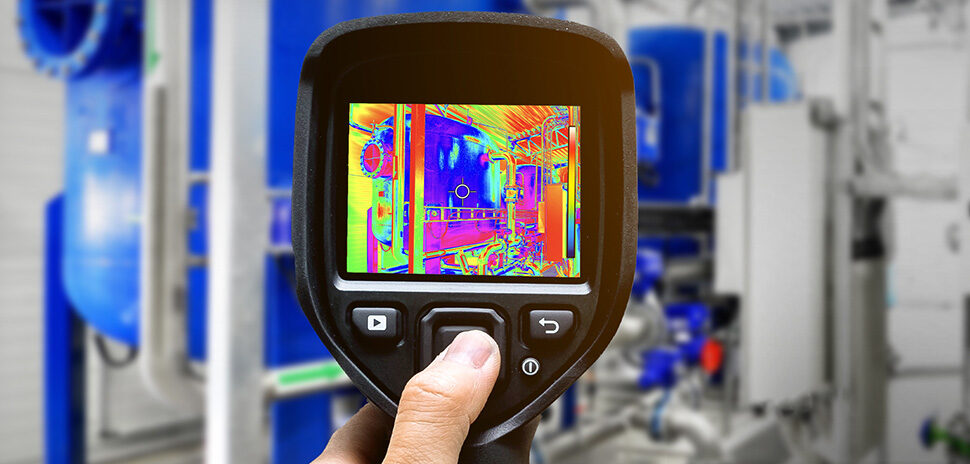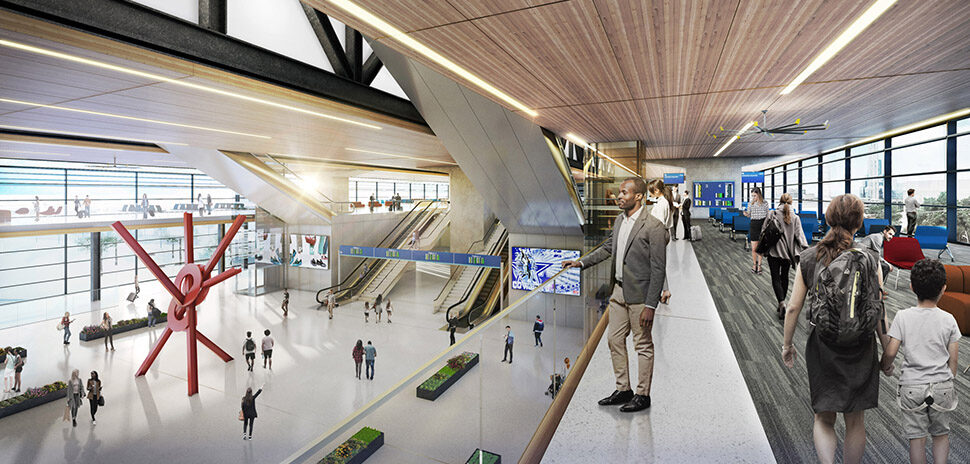The thought of rocketing Houston-bound through the Texas prairie at 200 mph seems hardly old-school or conservative.
But, the folks at Texas Central Partners are in the process of delivering a contradiction on rails: technology that delivers gee-wiz results in no-drama fashion.
“We don’t intend to change what has been successfully developed over the past 50 years,” said Texas Central Senior Director Gino Antoniello, describing the estimated $12 billion, 240-mile cutting-edge bullet-train line that is expected to connect Dallas to Houston as early as 2023.
The Texas Central group promises a 90-minute trip from station-to-station, in contrast to the current travel time of 3-and-a-half hours or longer from Dallas to Houston. The price will be competitive with the cost of an airline ticket.
The trains that Texas Central plans to operate are direct descendants from the Japanese high-speed rail system born during the Lyndon B. Johnson administration.
Transportation planner Jay Blazek Crossley said the tech behind Texas’ bullet train — modeled after Japan’s 53-year-old Shinkansen rail line — is remarkable, yet traditional.
“We don’t intend to change what has been successfully developed over the past 50 years.”
Gino Antoniello
“I’m familiar with the pitch they’ve given,” said Crossley, who has been involved in urban planning in Texas for 17 years. “They’ve stayed consistent with the plan, which is to be conservative from a safety point of view; they’re saying, ‘let’s use a proven tech.’ There’s a choice to take something off the shelf. The safety records are kind of astounding (especially) coming from Texas, where our transportation system means constant carnage.”
In the course of transporting more than 10 billion people since 1964, the Shinkansen rail line has allowed no fatal accidents or injuries from operational error on an island country plagued by tsunami, earthquakes, volcanic eruptions, and typhoons.
On the backdrop of comparatively staid Lone Star soil, Texas Central backers say the technology would make Texas’ bullet train the safest, most reliable, and productive high-speed train system in the world. Juxtapose that “zero injuries/fatalities” record with the statistic that every day since 2000, someone has died on a Texas roadway (the “constant carnage” that Crossley referred to).
Other numbers reinforce the notion that there’s plenty of demand for an alternative to driving or flying between Dallas and Houston. A study by the Texas A&M Transportation Institute indicated that an average of more than 53,000 vehicles traveled between Dallas and Houston daily in 2006. That number — and the drive time — is projected to almost double by 2035.
The aforementioned TTI study says that aside from reducing the numbers of vehicles on Texas highways, the rail line would improve air quality and reduce urban sprawl.
PICKING UP SPEED
Transportation planners have been pushing for high-speed rail in the U.S. since at least 1965, with the passage of the High-Speed Ground Transportation Act. The legislation was approved a year after Japan launched its 130-mph line, when Mary Poppins was a top box-office draw, and when Roy Orbison first crooned about a “Pretty Woman.”
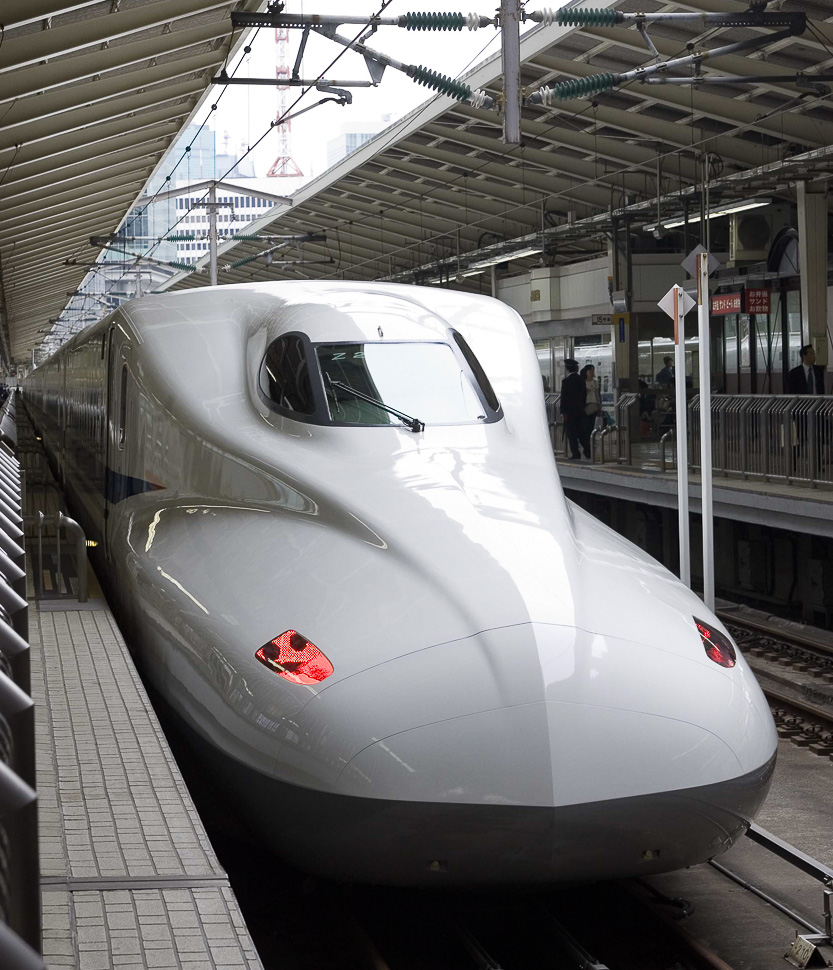
[Photo: Texas Central Partners]
Since then, trains — not cars — have become people’s primary means of moving from city to city in Japan. So, travelers arriving in Japanese cities have far fewer exciting tales to tell, compared to those who make the drive from Dallas to Houston.
It’s not unusual for workers in Japan to commute an hour one-way to work, aboard the Shinkansen. Meanwhile, high-speed rail has made little headway as a primary means of transportation in the U.S. The only high-speed line operating in the U.S. is the Acela Express, an Amtrak line that shares tracks with other trains in the northeast.
Texas Central’s line, when built, would be the first bullet train in the U.S. operating on a dedicated high-speed rail line.
ON TRACK IN TEXAS
Recently, the Dallas-to-Houston line has been one of several rail projects promoted by Japanese Prime Minister Shinzō Abe. Abe views the export of Japan’s bullet-train technology — which has also been pitched to link Los Angeles to San Francisco, Tampa to Miami, and New York to Washington, D.C. — as an important part of his strategy to revive the Japanese economy.
Texas’ high-speed train will use an N700 Series engine manufactured by Hitachi in Japan, hauling a series of train cars with a capacity for 400 passengers.
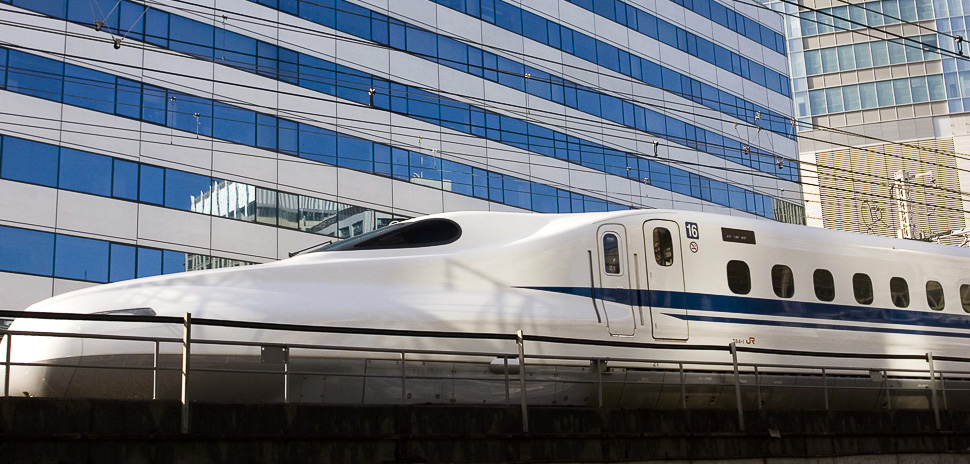
[Photo: Texas Central Partners]
Texas Central has teamed up with the High-Speed Railway Technology Consulting Corporation, a wholly owned subsidiary of Central Japan Railway Company, to provide technical assistance with the Dallas-to-Houston line. HTeC will help Texas Central develop baseline engineering of the train line’s design, construction, operation, and maintenance.
Some of the history, tech, and science behind the Texas Central line includes:
- Specialized, ride-stabilizing technology developed in the 1960s by former military aeronautical engineer Tadashi Matsudaira, who adopted air springs similar to that used on American Greyhound buses to smooth the train’s ride, to prevent vibrations from derailing trains at high speeds
- Automated breaking to avoid collisions, and digital train control systems that constantly adjust the train’s velocity based on real-time data describing track conditions and rail traffic information
- The use of alternating-current induction motor technology, which has roots in technology originally patented in 1888 by Austria-Hungary-born New Yorker Nikola Tesla
- A one-stop online transportation system, where Texas Central passengers can arrange a ride from their homes to the train station, purchase rail tickets, and a ride from the station to their final destinations, using a Texas Central app
- The use of in-train sensors that will constantly measure track conditions. The data will be downloaded and analyzed at the end of each day
- A rail system that will run on tracks dedicated to straight-ahead, high-speed rail travel. Dedicated high-speed rail lines reduce chances of accidents with low-speed passenger and freight trains.
MAGNETS VERSUS STEEL
One Japanese bullet-train technology that won’t be deployed in Texas is magnetic levitation, where trains ride friction-free on a bed of magnetic waves created by electrically-powered magnets.
“We looked at maglev, but cost-wise, it would have been cost-prohibitive,” said Rebecca Cowle, outreach manager for Texas Central.
“From personal experience, I know that riding the Shinkansen is a slightly out-of-body experience that borders a Jetsons episode.”
Bryan Lufkin
The cost of building a conventional, steel-wheel-on-track high-speed rail system is about two-thirds cost of a maglev line, based on a comparison of recent cost estimates. Cowle said the difference in speeds between the two train types — 205 mph for conventional high-speed rail versus 270 mph for maglev — is negligible, given the price difference.
“The Maglev technology was prohibitively expensive for the North Texas-Houston market, and was not the correct technology choice based off of our in-depth market research and investment-grade ridership studies,” Cowle wrote in an email to Dallas Innovates.
ARE WE THERE YET?
For backers of Japan’s bullet trains, high-speed rail, especially Japanese high-speed rail, can’t get here fast enough.
“From personal experience, I know that riding the Shinkansen is a slightly out-of-body experience that borders a Jetsons episode,” wrote Gizmodo‘s Bryan Lufkin.

[Photo: Texas Central Partners]
“Fun and futuristic weirdness aside, it’s also incredibly convenient. It has none of the hidden fees, security rigamarole, discomfort, or interminable taxi times that flying has. The always on-time Shinkansen’s dependability and technology set the gold standard. And—most importantly—the safety stats speak for themselves.”

